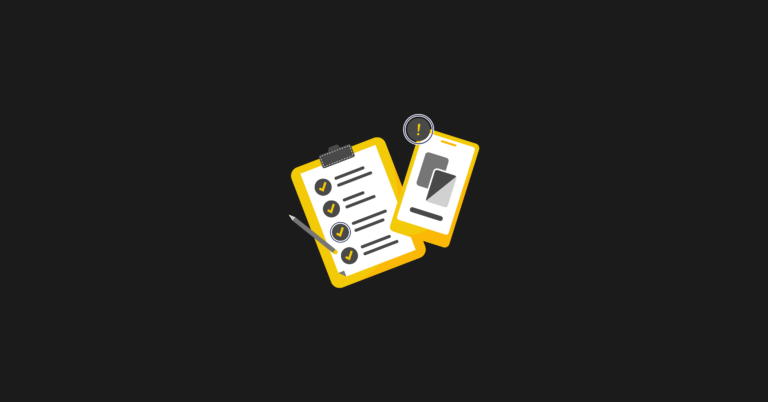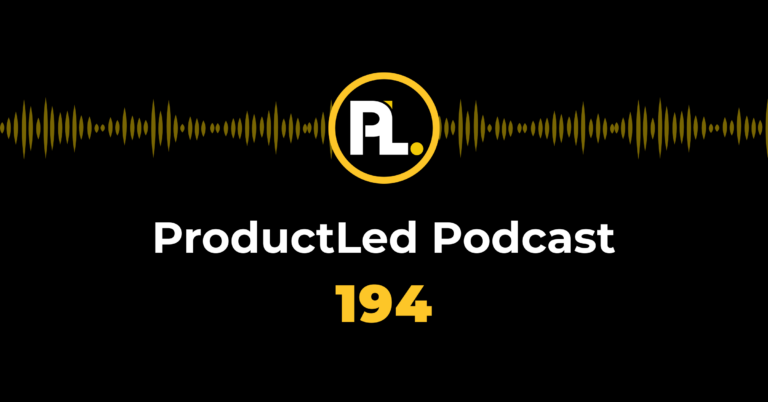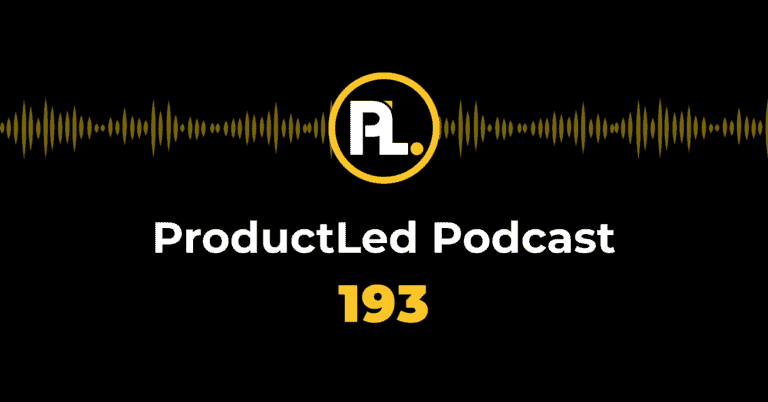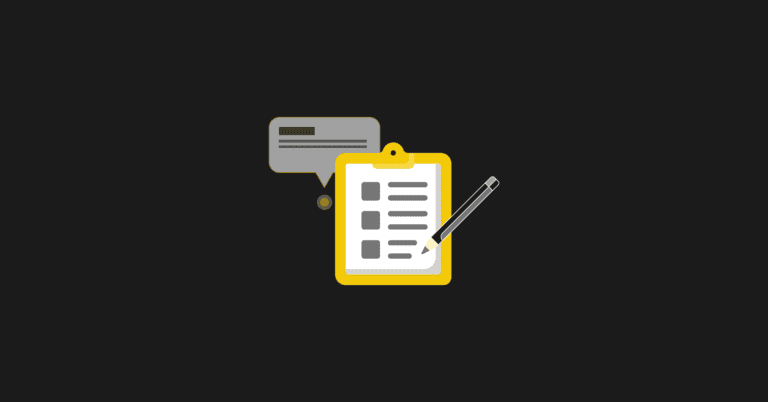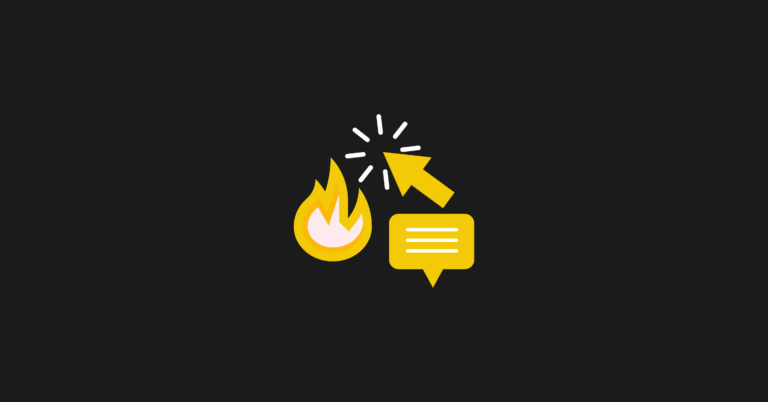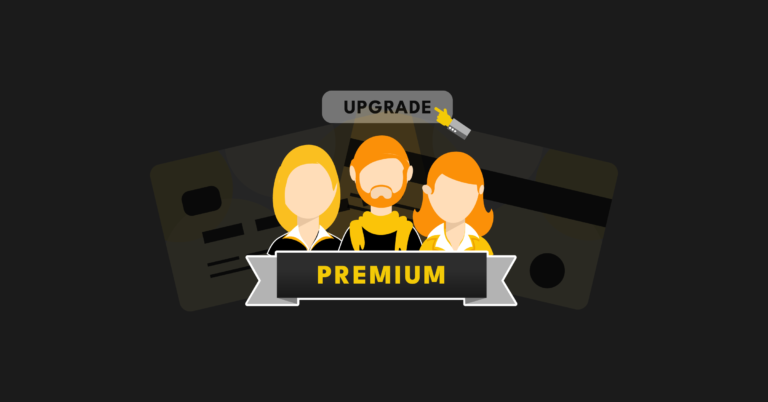Imagine this:
Your team just heard they’ll be marketing a new product — and they’re actually excited about it.
They’ve tested enough SaaS copywriting strategies to know what works and what doesn’t. They understand your customer better than they understand their own friends. And they’ve created efficient workflows and templates anyone can follow with ease.
With these tricks up their sleeve, your team continues to cultivate high product activation and conversion rates.
Sound like a fantasy world?
It doesn’t have to be.
With enough SaaS copywriting experience, success is no longer a game of chance. But not everyone has 20 years to invest in learning copywriting.
If you’re looking for a shortcut, we’ve put together a list of 11 tried-and-true tips to help you write copy that drives results without the wait.
The 11 tips we’re sharing today include:
- Draw your customers in by focusing on one thing they care about
- Reference customer testimonials and comments by raving fans
- Use informative content to educate customers and build brand authority
- Design copywriting workflows and templates
- Embed links to valuable content
- Always include a clear value proposition and a call to action (CTA)
- Post-purchase follow-up, create a series of product activation emails
- 8. Include an enticing offer, like a discount code, coupon, downloadable, or freebie
- Optimize your copy for search
- Use customer feedback to address pain points
- Humanize your copy
Before we get to those tips, let’s take a quick look at what product activation and conversion rates mean — and why they’re important.
What does product activation mean, and why is it important?
Have you ever purchased a software license from Adobe or another platform? If so, you might’ve received a request to activate your product.
Activating a product when requested is important because it can help combat piracy in an internet-first world.
How?
Product activation ensures there’s a valid use license on the books. In other words, it confirms that the customer really did buy a license and is now entitled to download and access the product associated with it.
The other vital thing about product activation is that it improves product-use rates. After all, what benefits do you gain if customers buy your product and never use it?
What are conversion rates, and why are they important?
The conversion rate is the percentage of visitors or leads you convert into customers.
The conversion rate formula is as follows:
# of conversions / # of visitors/prospects
For instance, if 100 prospects see one of your product ads and 30 of them make a purchase because of it, your conversation rate would be 30%.
If 300 prospects visit your product landing page and 20 of them make a purchase, your conversion rate would be approximately 6.7%.
Conversation rates help you track how successful your overall marketing strategies are. For instance, a 30% conversion rate means you’re onto something. A 6.7% conversion rate, on the other hand, could mean your saas marketing efforts aren’t reaching the right audience, depending on industry benchmarks.
The next section covers applicable tips to help you take your SaaS copywriting to the next level.
11 SaaS Copywriting Tips to Improve Product Activation and Conversion Rates
1. Draw your customers in by focusing on one thing they care about (bonus points for using clever references)
Getting on board with the things your customers care about has never been more important.
We’ve all seen how quickly things can change for brands when they don’t value the same things their customers do. Or worse, when they take an active stance against causes their customers value dearly.
You can capitalize on this dedication in a positive way by aligning yourself with your customers’ values.
That’s why we love this copy written by Future Kind, a vegan supplement brand.
This sub-header works because it references a major cause Future Kind’s audience values: marine wildlife conservation.
We’re also giving Future Kind bonus copywriting points for captivating their audience with a clever Finding Nemo reference.
2. Reference customer testimonials and comments by raving fans
Using social proof in your copy is an effective way to build trust with prospects: 94% percent of respondents in a recent survey said positive reviews made them more likely to use a business.
In other words, social proof entices customers to say yes to your business.
So we recommend embedding various types of customer testimonials, ratings, and comments in as many places as you can — as long as they look natural.
Your website, blog, landing pages, ads, and social media posts are great places to embed social proof.
Here’s an example we like from ActiveCampaign’s email marketing service:
In this example, the brand has a ‘Featured Product Reviews’ banner toward the bottom of its website embedded with a lead generation magnet. That’s what we mean by embedding social proof in a natural, unobtrusive way.
3. Use informative content to educate customers and build brand authority
If you sell a complex product or want to build brand authority, using informative content can help you educate customers and boost your reputation.
Here’s a quick example from Nlyte explaining what a colocation data center is:
In this example, Nlyte breaks down what a colocation data center is using easy-to-read, informative language. Breaking the text up with bullet points also aids digestibility.
By educating its prospects, Nlyte puts the purchasing power back in the customers’ hands, where it should be. Informative content should be useful and unbiased, offering real value to your potential customers. It’s a chance to build a relationship, not propagandize your product.
4. Design SaaS copywriting workflows and templates
Designing copywriting workflows and templates based on your audience personas is pivotal to becoming an efficient copywriter.
Once you’ve designed a SaaS copywriting process aligned with your product activation and conversion goals, it’s important to define what a workflow is for your brand.
In other words, what steps and templates would you like your team to follow every time they sit down to write copy? For example, this content creation guide provides 8 easy steps to follow for content creation, taking into consideration targets and customer personas.
5. Embed links to valuable content, such as case studies or ultimate guides
Encouraging a prospect to take action is the main purpose of SaaS copywriting.
Sometimes that means inviting the visitor to buy something immediately. And sometimes, it means asking the prospect to do something else, like download a freebie, read a post, or join your email newsletter list.
The types of links you choose to embed will ultimately depend on your goals.
For instance, if you’re aiming to recruit travel nurses, you might embed a link to a travel nursing career guide.
Take a look at how Frevvo created this detailed guide on automated invoice processing, and then included an embedded link to invite users to see a live demo of their software.
Inviting readers to sign-up for a live demo is a great lead generation tactic and offers site visitors the opportunity to see the software in action.
6. Always include a clear value proposition and a call-to-action (CTA)
The backbone of copywriting is demonstrating value and asking prospects to take a specific action.
The value proposition you include in your copy acts like a magnet attracting leads to you. And the CTA you include acts like an invitation, encouraging prospects to either become customers or give you their contact details.
The best advice we can give you when it comes to value propositions? Focus on demonstrating benefits over features. And for CTAs, be sure to test a variety of them to see which ones work best.
7. Post-purchase follow-up: create a series of product activation and onboarding emails
Following prospects along the customer journey — especially after purchase — is pivotal to improving your product activation rates.
Many companies do zero post-purchase follow-up — no emails, no nothing.
If you look back on your own purchases, you probably forgot to activate and use a product once or twice. We’ve all been there.
To encourage customers to activate their new products, we recommend creating a series of product activation and onboarding emails.
Depending on your product and industry, that may be a quick three-part email series. Or it could mean a longer series. Or, you might need various funnel options for different customers.
When strategizing your copy for the email series, include the benefits your customers will gain by activating their products. Be sure to also include an easy-to-spot product activation link somewhere in the copy. Here’s an example from Optinmonster:
You can easily see the confirmation link but also get an idea of what to expect from future communications. Always make sure your product activation page loads quickly to discourage high bounce rates.
8. Include an enticing offer, like a discount code, coupon, downloadable, or freebie
It’s a lot easier for a prospect to say yes when there’s a big discount flashing in their face or when they have the chance to score a freebie. Or when they know there’s a helpful tool in it for them.
In other words, adding an enticing offer to your copy gives prospects an incentive to respond positively to your CTA.
Alluring offers also have a way of encouraging prospects who have been on the fence about your brand to give you a try.
That’s why freemium models are often so popular in the SaaS world.
9. Optimize your copy for search
As a marketer, business owner, or product designer, you already know that SEO is crucial for your brand. And your copy is where the bulk of your SEO efforts shine.
When optimizing your SaaS copywriting for search, keep the following tips in mind:
- Use a keyword planning tool to research possible target keywords.
- Base your copy on one target keyword.
- Add semantic keywords to your copy where they naturally fit in and add value.
- Write unique, valuable text.
- Write copy based on user intent.
- Personalize your text keeping your audience in mind.
- Keep sentences short and punchy.
- Use a readability tool like Grammarly or Hemingway App to make sure your text is easy to read.
10. Use customer feedback to address pain points
Prospects come to you in hopes that you can solve some of their problems. These might be problems they faced with a competitor of yours. Or these might be personal problems they’re navigating in their lives.
By addressing common pain points and how you can solve them, prospects may find it easier to trust you and give your brand a shot.
At the very least, addressing customer pain points can encourage leads to pay attention to your copy.
11. Humanize your copy
This tip is simple, but it’s probably the most important. Whatever you do, don’t get too focused on writing for search engine crawlers.
Remember, you’re writing for humans, not bots. If you want them to buy your products, you need them to read and relate to your writing.
Here are a few quick tips that can help you humanize your copy:
- Use contractions like ‘I’d’ instead of ‘I would.’
- Use common language/slang when appropriate.
- Only include reasonable claims in your copy (i.e., saying you’ve sold 67 trillion products might not be a reasonable claim).
- Include storytelling techniques in your copy whenever possible.
- Speak in your customers’ preferred communication style.
11 questions to ask yourself before writing copy
To ensure you’re hitting all of the key points in your copy, refer to the following checklist before you sit down to write.
Copywriting Checklist:
- What’s my goal for this copy?
- What’s going on in my customers’ lives right now?
- Are there any pain points I can address in this text?
- What do my customers care most about?
- What social proof can I embed in this copy, if any?
- Do I need to include informative content on this page?
- What value proposition and CTA should I include in this copy?
- Are there any enticing offers or persuasive hacks I can include in this text?
- Are there any links I should include in this text?
- What keyword should I target in this copy?
- How can I humanize the language in this text?
11 questions to ask yourself before publishing copy
Want to make sure your copy is always up to par?
Make sure it ticks all of the boxes in the checklist below before publishing.
Copyediting Checklist:
- Does this text draw customers in? Why?
- Does this text include social proof?
- If needed, does this text include informative content?
- Is there a helpful link included in the text?
- Does my copy sound natural and clear (not robotic)?
- Does my copy include a clear value proposition and CTA?
- Am I speaking to customers in their preferred communication style?
- Does my copy include an enticing offer?
- Is my copy optimized and proofread?
- Am I using customer feedback to my advantage in this text?
- Am I taking advantage of any persuasive hacks in my copy?
Wrap up
In a nutshell: customer-centric SaaS copywriting is the key to improving product activation and conversion rates.
As a refresher, here’s a quick look at the 11 tips we walked through today:
- Draw your customers in by focusing on one thing they care about
- Reference customer testimonials and comments by raving fans
- Use informative content to educate customers and build brand authority
- Design copywriting workflows and templates
- Embed links to valuable content
- Always include a clear value proposition and a call to action (CTA)
- Post-purchase follow-up, create a series of product activation emails
- Include an enticing offer, like a discount code, coupon, downloadable, or freebie
- Optimize your copy for search
- Use customer feedback to address pain points
- Humanize your copy

